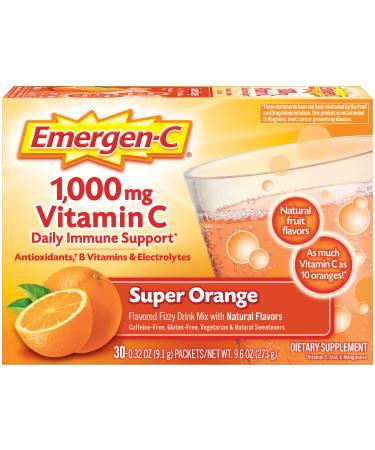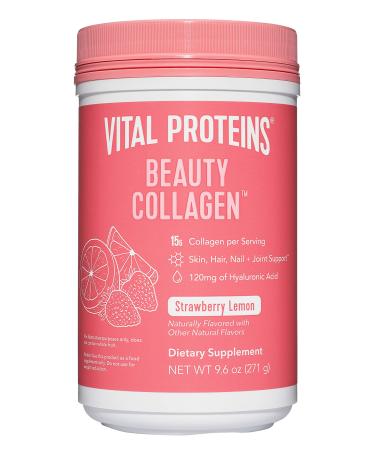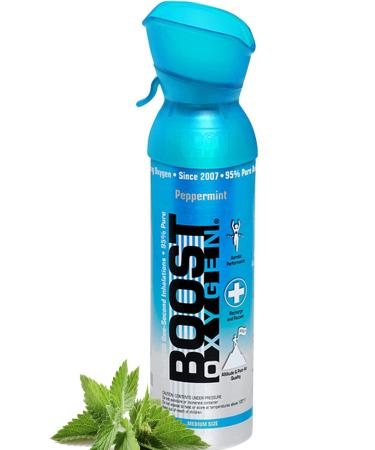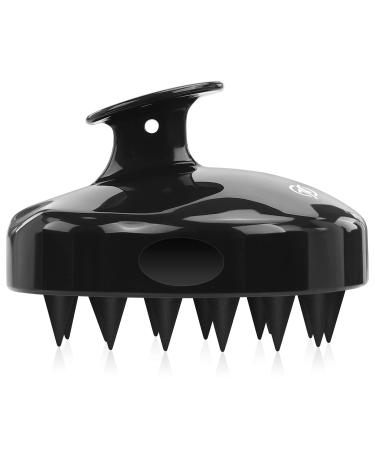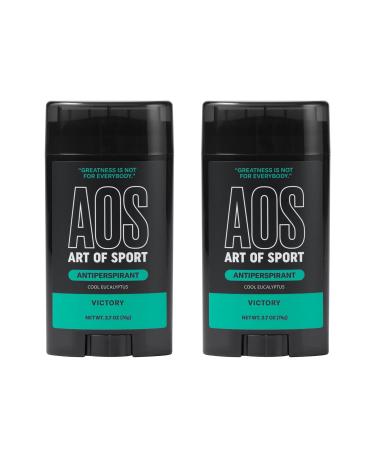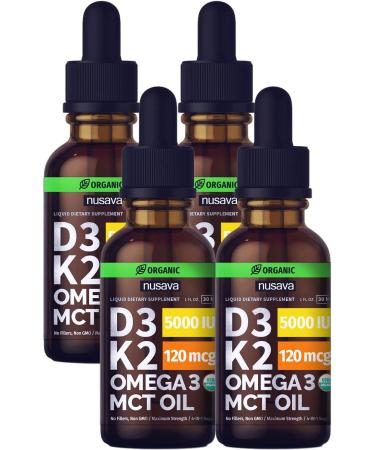Sterile honey-wound ointment: 100 New Zealand Leptospermum Scoparium honey.Can be applied directly to the wound and has a moisturizing and granulation -promoting effect.Indications: Traumatic, dirty wounds including small abrasions and abrasions oozing wounds in which autolytic debridement is to be promoted superficial burns wound caves and abscesses pressure points surgical wounds.The antimicrobial effects of the Manuka honey have been reported for centuries.The wound healing properties of honey have been known for over 2000 years.Honey contains glucose oxidase, which the bees separated from the bees in the pollen collection and processing in the beehive.This enzyme can cause the release of small amounts of hydrogen-peroxidase in the presence of wound secretions and this in turn can be promoted cell growth by an antioxidant effect.Due to the high sugar content with a low pH in the honey, an osmotic pressure is generated that can promote autolysis and debridement in the wound.The honey, which comes from the nectar of the Manuka tree (leptospermum scoparium), has unique biochemical properties.The Manuka tree is sometimes incorrectly referred to as the New Zealand tea tree, as it has a much greater antibiotic effect and much more wound healing components than the conventional Australian tea tree.In addition, Manuka is much more skin -friendly than tea tree oil.That is why Manuka has excellent antimicrobial properties that can lead to fast wound healing.Manuka production is limited annually and is strictly monitored by a few producers in New Zealand.Many other products contain mixtures of Manuka with other types of honey and are therefore far less effective. Ingredients ingredients 100 New Zealand Leptospermum Scoparium honey (100 Manuka honey) Instructions Can be applied directly to the wound and has a moisturizing and granulation -promoting effect Moreof the honey, which comes from the nectar of the Manuka tree (leptospermum scoparium), has unique biochemical properties.The Manuka tree is sometimes incorrectly referred to as the New Zealand tea tree, as it has a much greater antibiotic effect and much more wound healing components than the conventional Australian tea tree.In addition, Manuka is much more skin -friendly than tea tree oil.This enzyme can cause the release of small amounts of hydrogen-peroxidase in the presence of wound secretions and this in turn can be promoted cell growth by an antioxidant effect.Due to the high sugar content with a low pH in the honey, an osmotic pressure is generated that can promote autolysis and debridement in the wound.The antimicrobial effects of the Manuka honey have been reported for centuries.The wound healing properties of honey have been known for over 2000 years.Honey contains glucose oxidase, which the bees separated from the bees in the pollen collection and processing in the beehive.Indications: Traumatic, dirty wounds including small abrasions and abrasions oozing wounds in which autolytic debridement is to be promoted superficial burns wound caves and abscesses pressure points surgical wounds.Sterile honey-wound ointment: 100 New Zealand Leptospermum Scoparium honey.Can be applied directly to the wound and has a moisturizing and granulation -promoting effect.Sterile Honig-Wundsalbe:100 neuseeländischer Leptospermum scoparium Honig. Kann direkt auf die Wunde aufgetragen werden und wirkt feuchtigkeitsspendend und granulationsfördernd. Indikationen: Traumatische, verschmutzte Wunden einschließlich kleiner Abrasionen und Abschürfungen Nässende Wunden, bei denen autolytisches Debridement gefördert werden soll Oberflächliche Verbrennungen Wundhöhlen und Abszesse Druckstellen Chirurgische Wunden. Seit Jahrhunderten wird anekdotenhaft von den antimikrobiellen Wirkungen des Manuka-Honigs berichtet. Seit über 2000 Jahren sind die wundheilungsfördernden Eigenschaften von Honig bekannt. Honig enthält Glukoseoxidase, die von den Bienen bei der Pollensammlung und -Verarbeitung im Bienenstock abgesondert wird. Dieses Enzym kann die Freisetzung von geringen Mengen Hydrogen-Peroxidase in Anwesenheit von Wundsekreten bewirken und dies wiederum kann das Zellwachstum durch einen antioxidativen Effekt gefördert werden. Durch den hohen Zuckergehalt bei gleichzeitig niedrigem pH-Wert im Honig wird ein osmotischer Druck erzeugt, der die Autolyse und das Debridement in der Wunde fördern kann. Der Honig, der vom Nektar des Manuka-Baums (Leptospermum scoparium) stammt, hat einzigartige biochemische Eigenschaften. Der Manuka-Baum wird manchmal fälschlicherweise als der neuseeländische Teebaum bezeichnet, hat er doch eine wesentlich größere antibiotische Wirkung und wesentlich mehr wundheilungsfördernde Komponenten als der herkömmliche australische Teebaum. Außerdem ist Manuka wesentlich hautfreundlicher als Teebaumöl. Deshalb hat Manuka hervorragende antimikrobielle Eigenschaften, die zu einer schnellen Wundheilung führen können. Die Manuka Produktion ist jährlich limitiert und wird streng von einigen wenigen Produzenten in Neuseeland überwacht. Viele andere Produkte enthalten Mischungen von Manuka mit anderen Honigsorten und sind deshalb weitaus weniger wirksam. INHALTSSTOFFE ZUTATEN 100 neuseeländischer Leptospermum scoparium Honig (100 Manuka-Honig) GEBRAUCHSANWEISUNG Kann direkt auf die Wunde aufgetragen werden und wirkt feuchtigkeitsspendend und granulationsfördernd MehrDer Honig, der vom Nektar des Manuka-Baums (Leptospermum scoparium) stammt, hat einzigartige biochemische Eigenschaften. Der Manuka-Baum wird manchmal fälschlicherweise als der neuseeländische Teebaum bezeichnet, hat er doch eine wesentlich größere antibiotische Wirkung und wesentlich mehr wundheilungsfördernde Komponenten als der herkömmliche australische Teebaum. Außerdem ist Manuka wesentlich hautfreundlicher als Teebaumöl. Dieses Enzym kann die Freisetzung von geringen Mengen Hydrogen-Peroxidase in Anwesenheit von Wundsekreten bewirken und dies wiederum kann das Zellwachstum durch einen antioxidativen Effekt gefördert werden. Durch den hohen Zuckergehalt bei gleichzeitig niedrigem pH-Wert im Honig wird ein osmotischer Druck erzeugt, der die Autolyse und das Debridement in der Wunde fördern kann. Seit Jahrhunderten wird anekdotenhaft von den antimikrobiellen Wirkungen des Manuka-Honigs berichtet. Seit über 2000 Jahren sind die wundheilungsfördernden Eigenschaften von Honig bekannt. Honig enthält Glukoseoxidase, die von den Bienen bei der Pollensammlung und -Verarbeitung im Bienenstock abgesondert wird. Indikationen: Traumatische, verschmutzte Wunden einschließlich kleiner Abrasionen und Abschürfungen Nässende Wunden, bei denen autolytisches Debridement gefördert werden soll Oberflächliche Verbrennungen Wundhöhlen und Abszesse Druckstellen Chirurgische Wunden. Sterile Honig-Wundsalbe:100 neuseeländischer Leptospermum scoparium Honig. Kann direkt auf die Wunde aufgetragen werden und wirkt feuchtigkeitsspendend und granulationsfördernd.Kruuse Manuka G Honigsalbe - Doppelpack - 2 x 15 g










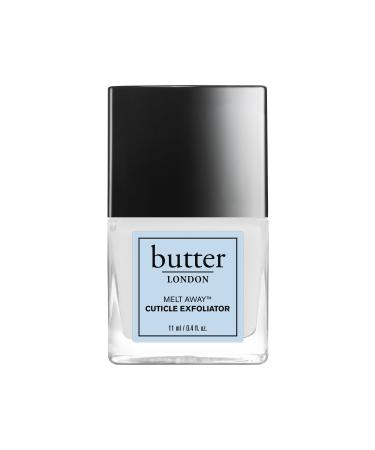
![Stewart Freeze Dried Dog Treats Made in USA [Single Ingredient Puppy and Dog Training Treats - Grain Free Natural Dog Treats] Resealable Tub to Preserve Freshness](https://www.gosupps.com/media/catalog/product/cache/25/small_image/375x450/9df78eab33525d08d6e5fb8d27136e95/6/1/61gwbbixarl._ac_sl1500_.jpg)
